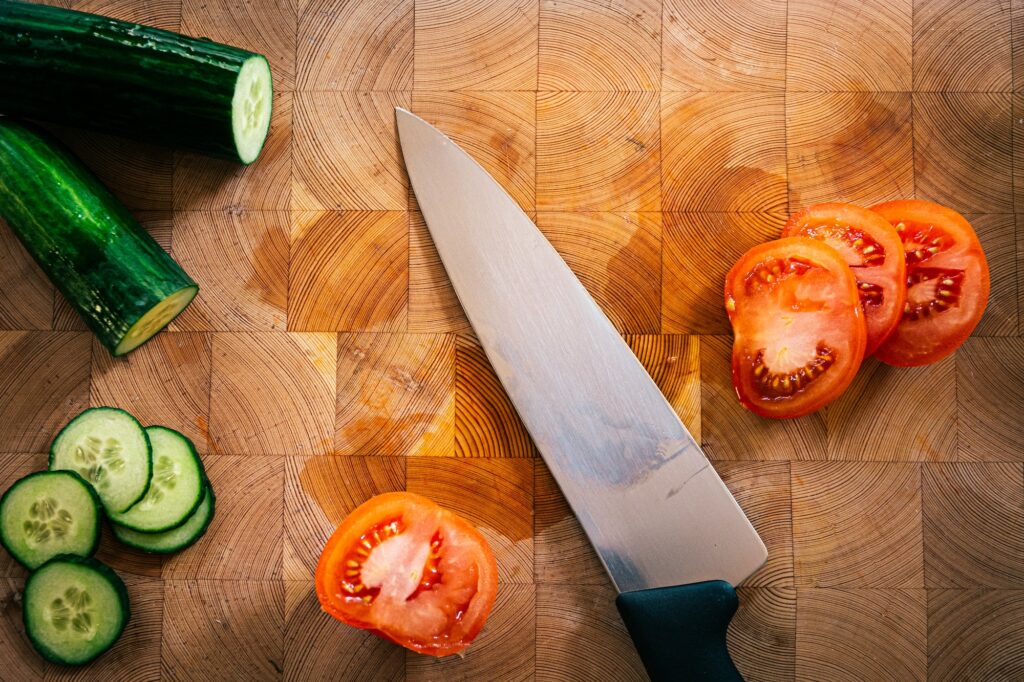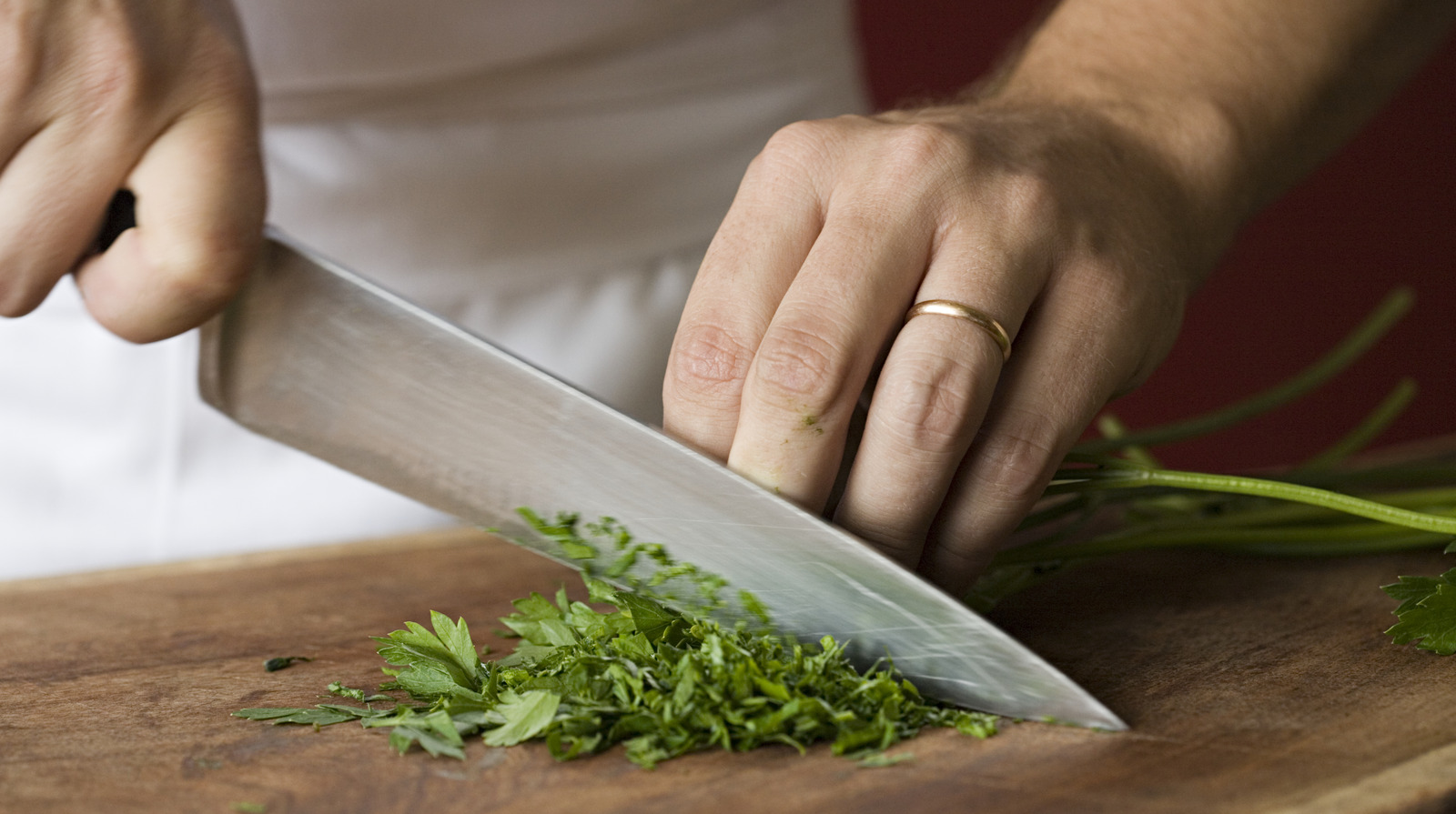Every kitchen professional knows that a well-maintained cutting board is an essential tool for culinary success. From chopping vegetables to slicing meat, cutting boards endure constant wear and tear. Over time, you may find yourself asking, how to refinish cutting board to keep this vital kitchen accessory in tip-top shape. This article not only provides a step-by-step guide but also discusses the best practices and materials to ensure your cutting board looks and works great.
Refinishing a cutting board can greatly extend its lifespan. Proper care goes beyond simple cleaning. In this detailed guide, we will explore everything you need to know about refinishing your cutting board, including the right tools, techniques, and the importance of choosing the best materials.

Understanding the Importance of Refinishing Cutting Boards
A cutting board can be a significant investment, especially those crafted from durable hardwoods. However, regular use can lead to scratches, gouges, and stains. Refinishing is crucial for several reasons:
- Prolongs Lifespan: A well-refinished board can last for years.
- Maintains Appearance: Refinishing restores the board's original beauty, making it look new again.
- Sanitation: Removing cuts and grooves helps eliminate bacteria.
Signs Your Cutting Board Needs Refinishing
Identifying when to refinish your cutting board is essential. Here are some signs:
- Visible scratches and gouges
- Stains that are difficult to remove
- A rough texture
- Absorption of odors
Supplies Needed for Refinishing Cutting Boards
Before diving into the refinishing process, gather the following supplies:
- Food-safe mineral oil
- Sanding block or orbital sander
- Fine-grit sandpaper (220 to 400 grit)
- Soft cloths
- Soap and warm water for cleaning
Step-by-Step Guide on How to Refinish Cutting Board
1. Clean the Board
Start with a deep cleaning. Use hot, soapy water and a sponge to remove any dirt or food particles. Rinse thoroughly and dry completely.
2. Sanding the Board
To prepare for the refinishing process, take your fine-grit sandpaper or sanding block. Sand the entire surface of the board in the direction of the wood grain. This removes scratches and stains, giving a smooth texture.
3. Wipe Off Dust
After sanding, wipe the board with a damp cloth to remove all dust. Its crucial to ensure there's no debris left, as particles can interfere with the finishing process.
4. Apply Mineral Oil
Using a soft cloth, generously apply food-safe mineral oil to the entire surface. This treatment not only enhances the appearance but also seals the wood. Let the oil soak in for at least 30 minutes. For optimal results, you may reapply the mineral oil multiple times until the wood no longer absorbs it.
5. Wipe Away Excess Oil
Once you've allowed the oil to soak in, use a clean cloth to wipe away any excess oil that may still be on the surface. The board should feel smooth, not greasy.
6. Let it Cure
For best results, allow your cutting board to cure for 24 hours before using it again. This ensures the finish sets properly and allows the oil to penetrate thoroughly.
Common Mistakes to Avoid When Refinishing Your Cutting Board
Even experienced kitchen professionals can make mistakes during the refinishing process. Here are some common pitfalls to avoid:
- Not Cleaning Properly: Any leftover debris can affect the finish.
- Using Wrong Sandpaper: Coarse sandpaper can damage the board.
- Skipping Oil Application: Neglecting to oil after sanding may lead to deterioration.
Maintaining Your Cutting Board After Refinishing
Proper maintenance can significantly prolong the life of your cutting board:
- Regular Cleaning: Clean after each use, ensuring no residue remains.
- Periodic Oiling: Reapply mineral oil every month or so to keep the board hydrated.
- Avoid Extreme Temperatures: Keep your board away from heat sources to prevent cracking.
When to Consider Professional Help
While most kitchen professionals feel comfortable refinishing their own cutting boards, there are times when you may want to seek professional help:
- If the board has extensive damage.
- If you want a custom finish or a complex design.
- If you simply lack the time or tools for the job.
FAQs About Refinishing Cutting Boards
1. How often should I refinish my cutting board?
Refinishing depends on the frequency of use. Generally, refinishing every 6-12 months is sufficient for most kitchen professionals.
2. Can I use vegetable oil instead of mineral oil?
Avoid using vegetable oils as they can go rancid. Always opt for food-grade mineral oil for the best results.
3. How do I clean a cutting board after cooking?
A simple wash with soap and warm water usually suffices. For tough stains, consider using a mixture of vinegar and baking soda.

Further Reading and Resources
For more information on cutting board maintenance, check this cleaning guide.
For selecting the best wood for your cutting board, please refer to this wood selection guide.
Additionally, if you're curious about the impact of color coding on cutting boards, visit this article.
For those wondering about sanding techniques, you can check out this sanding guide.
If you want to know how to clean a white cutting board, visit this article.
Lastly, learn how to apply mineral oil to your cutting board by clicking on this resource.
As an Amazon Associate, I earn from qualifying purchases.


























